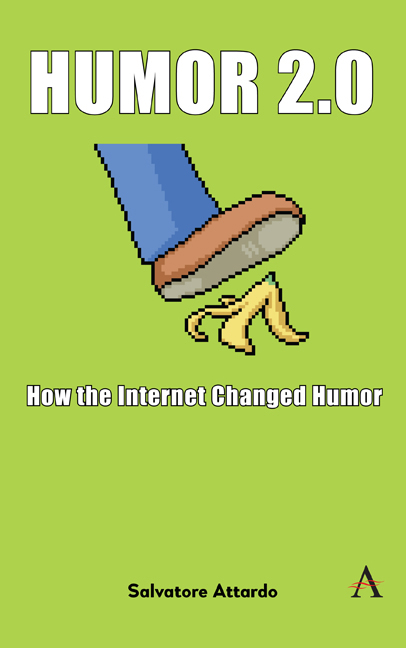12 - The Saga of Boaty Mcboatface
Published online by Cambridge University Press: 28 February 2024
Summary
In 2016, the British Natural Environment Research Council (NERC) decided to let the Internet suggest a name for a $287 million polar research ship. The poll went viral and among other hilariously inappropriate suggestions Boaty McBoatface was the winner, with 124,109 votes. The sore losers at NERC did not follow the poll, and named the ship Sir David Attenborough, but in a sop to the masses named one of the autonomous submarines on board Boaty McBoatface. The whole PR fiasco is chronicled in the Wikipedia page on Boaty; see also Rogers (2016), Golshan (2016) and Phillips and Milner (2017, pp. 164–168). What interests us in this little story is, first of all, that the risk of the PR stunt of having an open poll was predictable. This strategy is a good one, in theory: that 125,000 people might even be aware of the existence of NERC is a PR major feat, with zero cost. A publicist's dream. Indeed, Golshan (2016) reports that the NERC spokesperson was “delighted” by the fracas. The whole story itself went viral, as attested by the press coverage, including an article by the NY Times, NPR, the Guardian and many more. It got to the point that a British minister took a position in favor of Boaty. Of course there were numerous complaints about the refusal of the NERC to follow the results of the poll and name the boat after Sir David Attenborough. My favorite comment on the subject was the suggestion that Sir Attenborough change his name to Boaty McBoatface.
Antecedents to Boaty
As I said, the risk was predictable. There had been several antecedents of attempts by various authorities to harness the internet as cheap public relations. In 2012, Slovak lawmakers in Bratislava rejected an online vote to name a bridge after Chuck Norris: “Despite 12,599 votes for the Norris name in a two-month online poll, Bratislava regional assembly decided to call the bridge spanning the Morava river and Slovakia's border with Austria the ‘Freedom Cycling-Bridge’ in memory of people killed attempting to escape communist eastern Europe.” (Reuters, 2012)
The use of the Chuck Norris meme to mock the choice of the Bratislava Regional Assembly, which received only 457 votes, was not however the first or the largest such case.
- Type
- Chapter
- Information
- Humor 2.0How the Internet Changed Humor, pp. 123 - 130Publisher: Anthem PressPrint publication year: 2023

